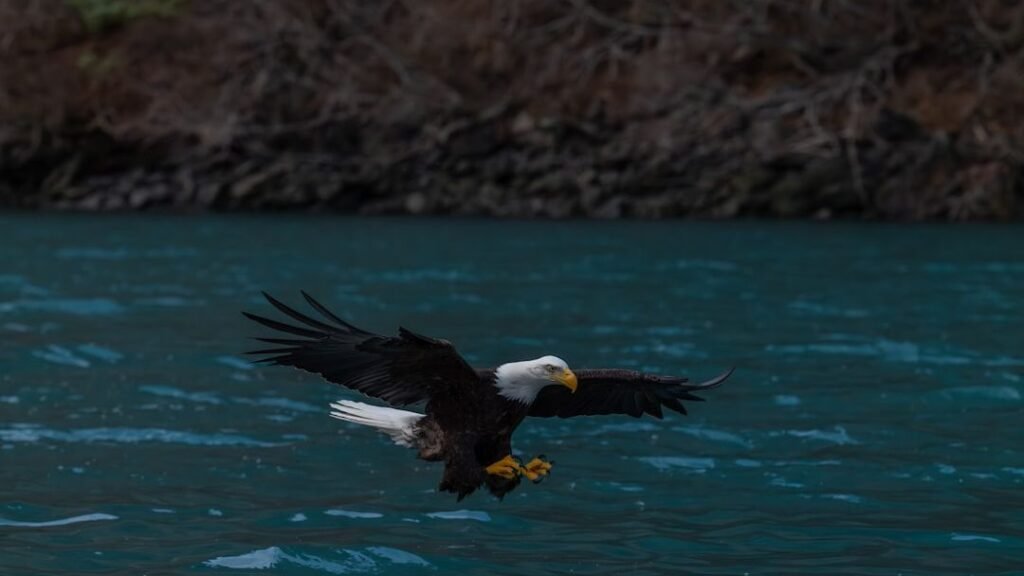The American bald eagle’s remarkable recovery story continues to unfold across the nation, with conservation efforts yielding extraordinary results. Once on the brink of extinction with merely four nesting pairs in states like Ohio back in 1979, these magnificent raptors are now soaring toward record-breaking numbers in multiple regions. The sight of our national bird thriving in territories where it once struggled to survive speaks to the power of dedicated wildlife management and environmental stewardship.
This year has proven particularly spectacular for eagle watchers and conservationists alike. Multiple states are documenting unprecedented nest counts, marking a triumphant chapter in one of America’s greatest conservation success stories. The data emerging from state wildlife agencies paints a picture of healthy, expanding populations that continue to surprise researchers with their resilience and adaptability.
Ohio’s Soaring Success Story

The Buckeye State has recorded an impressive 841 active bald eagle nests in 2024, with a remarkable 82% nest success rate compared to just 48% in 2022 and 73% in 2023. Each active nest produced an average of 1.6 eaglets, significantly higher than previous years’ averages of 0.8 in 2022 and 1.2 in 2023. These statistics reveal not just population growth, but improved breeding success that suggests optimal habitat conditions.
The transformation from just four nesting pairs in 1979 to hundreds today showcases how partnerships between wildlife agencies, zoos, rehabilitation facilities, and concerned landowners can achieve remarkable results. After being removed from the federal endangered species list in 2007 and Ohio’s state list in 2012, the eagles have continued their upward trajectory.
New Jersey’s Record-Breaking Achievement

The Garden State has documented an extraordinary milestone with 264 active nests confirmed in 2024, representing a new record for the state. Of the 293 nest sites monitored, this active count demonstrates the highest level of breeding activity ever recorded in New Jersey. This achievement reflects decades of careful monitoring and protection efforts by dedicated conservation teams.
The success in New Jersey particularly stands out considering the state’s high population density and development pressures. The achievement was made possible by 163 dedicated volunteers who conduct the majority of nest-observation work vital to tracking the population and nest distribution across all 21 counties.
New Hampshire’s Remarkable Resilience
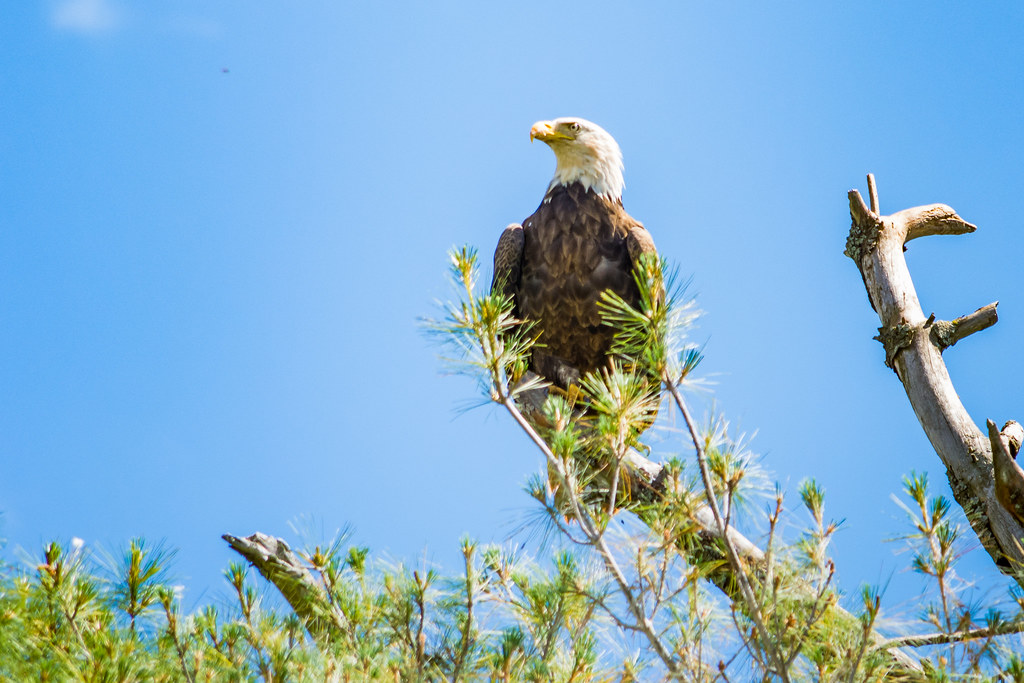
New Hampshire achieved record highs in territorial pairs and incubating pairs despite challenging weather conditions. The state confirmed 115 territorial pairs and 80 pairs incubating, both representing new record highs with a 5% increase compared to 2023. This success occurred even as severe weather events impacted nesting outcomes.
The 2024 nesting season faced significant challenges with two major snow events on March 23 and April 5, which occurred during critical incubation periods. Despite finding more territorial pairs and active nests than ever before, these weather events affected the number of successful nests and fledglings. The resilience shown by New Hampshire’s eagle population demonstrates their remarkable adaptability.
Florida’s Impressive Monitoring Network

Florida continues to maintain one of the most comprehensive eagle monitoring programs in the nation, with over 1,000 nests tracked across the Sunshine State. The Audubon EagleWatch program utilizes approximately 750 dedicated volunteers currently monitoring more than 1,200 eagle nests throughout Florida.
Florida maintains one of the highest densities of breeding bald eagles in the lower 48 states. The state’s year-round monitoring efforts provide crucial data for understanding population trends and habitat requirements. The extensive volunteer network ensures comprehensive coverage across diverse habitats from coastal areas to inland waters.
Maryland’s Population Explosion

The Maryland Bird Conservation Partnership estimates there are now over 1,000 breeding pairs in Maryland as of recent surveys. This represents a phenomenal increase from historical lows, demonstrating the effectiveness of habitat protection and restoration efforts in the Chesapeake Bay region.
Maryland’s recovery journey began from just 62 breeding pairs in 1985, growing to 123 pairs by 1990, then 200 pairs by 1996, and reaching 390 breeding pairs by 2004. The exponential growth pattern reflects optimal habitat conditions and successful conservation strategies. The state’s focus on protecting critical areas within 1,000 feet of tidal waters has proven highly effective.
Wisconsin’s Outstanding Progress
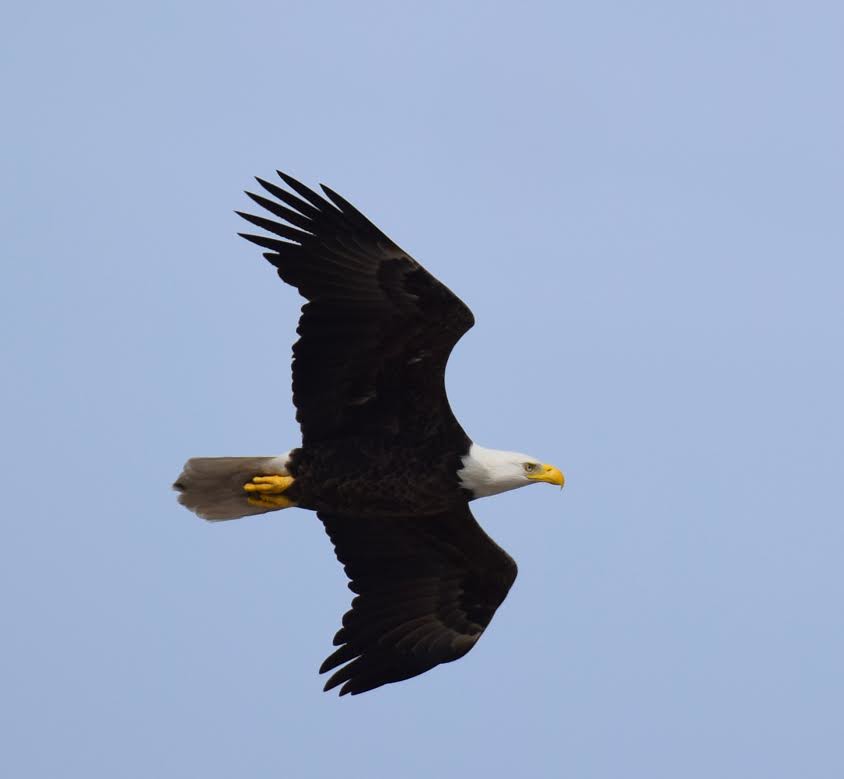
Wisconsin’s dramatic recovery story includes aerial nest surveys in 2019 that found 1,684 occupied nests, representing a remarkable increase from just 108 nests in the 1970s. All Wisconsin counties now document active eagle nests.
The state’s success stems from comprehensive monitoring programs and citizen science initiatives. Ground-based monitoring through the Bald Eagle Nest Watch program operates in over half of Wisconsin’s counties, coordinated by the Southern Wisconsin Bird Alliance, with volunteers playing a crucial role in tracking nesting activity.
California’s Central Interior Expansion
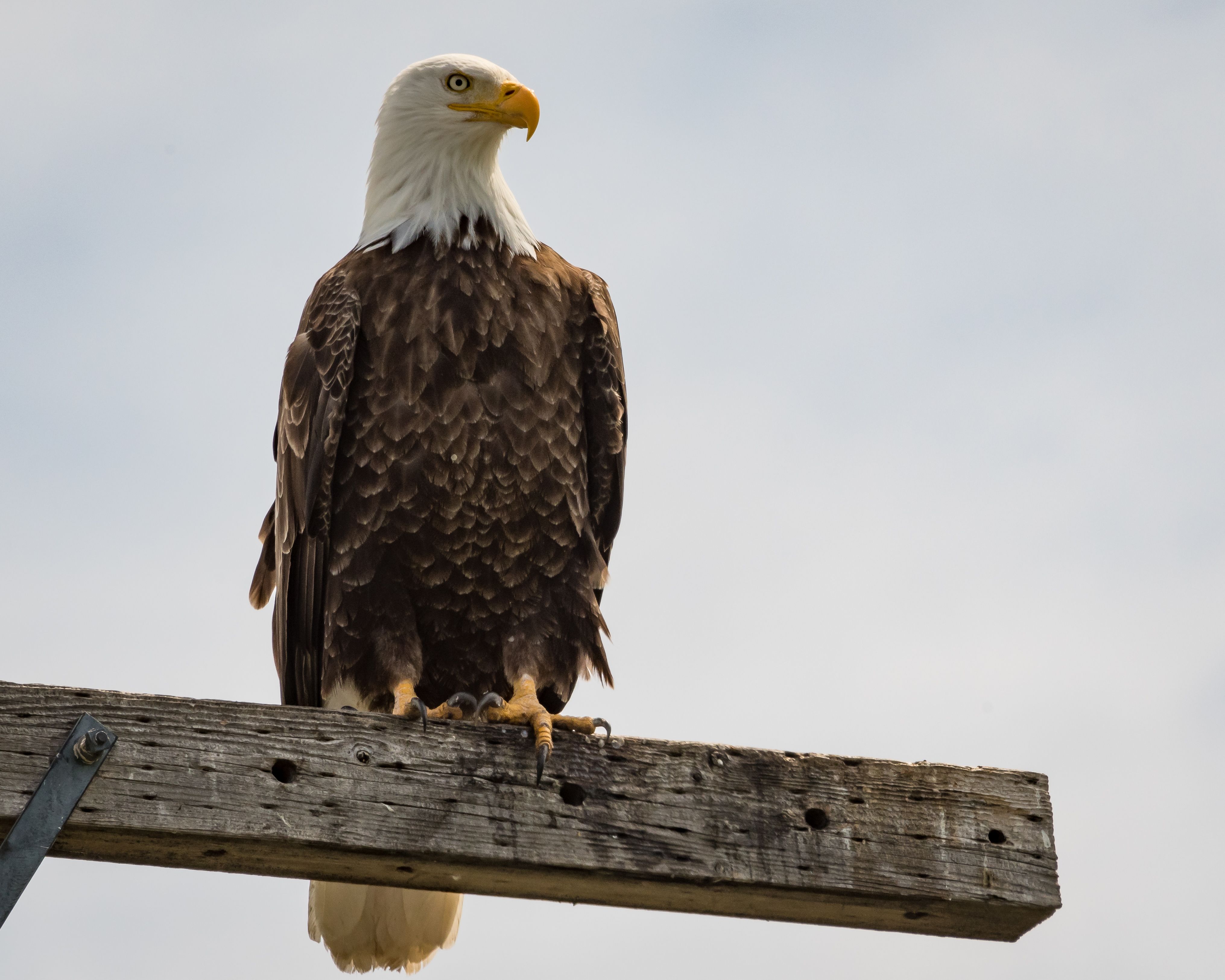
Central interior California has experienced remarkable growth with the known bald eagle population increasing by an annual average of 19% from four known nesting pairs in 2011 to over 30 pairs in recent years. This expansion represents significant range expansion and population increase in a region previously thought to have limited eagle populations.
Despite remaining listed as endangered under the California Endangered Species Act, the bald eagle has substantially recovered from mid to late 1900s declines throughout much of its range. The species’ distribution, abundance, reproductive success, and habitat requirements have received renewed attention in recent years.
Washington’s Coastal Stronghold
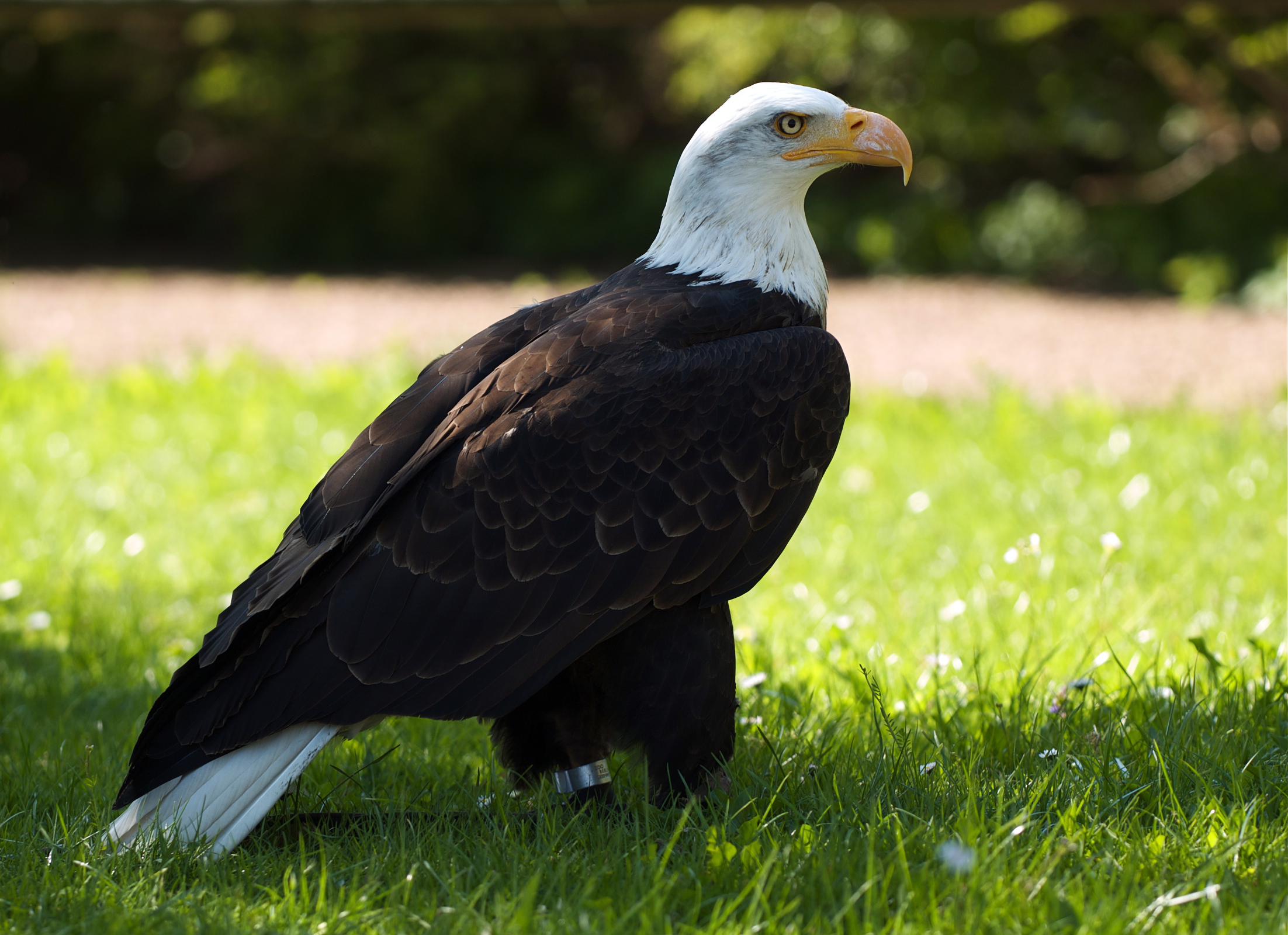
Washington State currently hosts more than 550 active bald eagle nests, including many in urban settings. Western Washington maintains one of the largest concentrations of bald eagles in the contiguous United States, with birds commonly breeding along salt and fresh water at lower elevations, especially in the San Juans and other northern Puget Trough islands.
Washington hosts perhaps 3,500 to 4,000 bald eagles each winter, with up to 80% of the eagles seen in mid-winter consisting of migrants, largely from Canadian provinces and Alaska. The state serves as both a critical breeding area and important wintering habitat for eagles from across the Pacific Northwest.
Alaska’s Unparalleled Eagle Abundance

Alaska maintains more bald eagles than any other state, with an estimated 30,000 pairs thriving along the state’s cold coastal waters and interior lakes and rivers. In late fall and early winter, more than 3,000 bald eagles gather in the Chilkat Valley to feed on salmon, with many nesting on the islands of Southeast Alaska in old-growth trees.
Alaska’s vast wilderness areas and abundant fish populations provide ideal conditions for eagles to thrive. The state’s role as a source population for eagles that migrate to lower latitudes makes its healthy populations crucial for continental eagle recovery efforts.
Conclusion
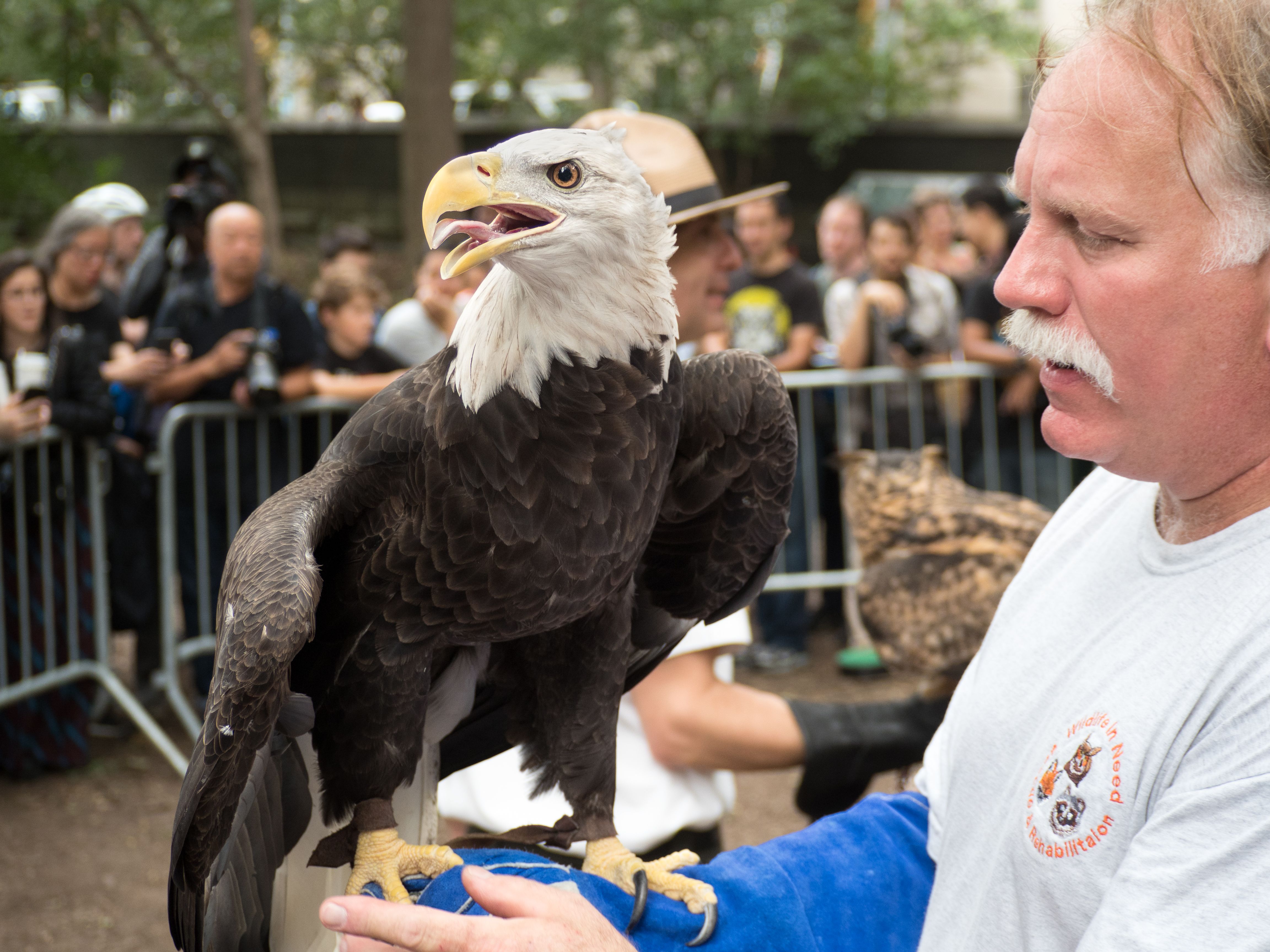
The extraordinary success of bald eagle populations across these nine states represents one of conservation’s greatest triumphs. From Ohio’s impressive nest success rates to Alaska’s unmatched population abundance, each state contributes to a remarkable national recovery story. The combination of habitat protection, volunteer monitoring programs, and dedicated wildlife management has transformed the bald eagle from an endangered species to a thriving symbol of American resilience.
These record-breaking numbers remind us that conservation efforts can yield spectacular results when communities, government agencies, and volunteers work together toward a common goal. As we witness eagles soaring in greater numbers than seen in generations, we’re reminded of our responsibility to maintain the habitats and protections that have made this recovery possible.
What aspects of eagle conservation do you find most inspiring? Share your thoughts in the comments below.

